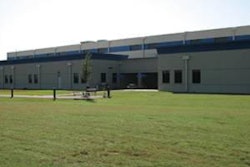Enostosis, or eosinophilic panosteitis, is a common disease in young growing large-breed dogs, such as the German Shepherd, and the risk of developing the disease by 3–4 months of age is increased by a high calcium intake. The aim of the study was to investigate whether German Shepherd puppies raised on milk replacers receive more calcium and/or vitamin D than their requirements and thus are at increased risk of developing skeletal diseases.
We surveyed German Shepherd breeders in the Netherlands about the use of puppy milk replacers (PMR). The metabolizable energy, calcium, phosphorus and vitamin D content of the eight most used PMR were compared with that of bitch milk, as reported in the literature.
The protein and fat content of most PMR were somewhat lower compared with bitch milk. The vitamin D content of one of the PMR samples was sevenfold the level recommended by the Nutrient Requirements of Dogs and Cats (National Academy Press, 2006) and threefold the average level of bitch milk. The clinical relevance of this high amount is questionable, as bitch milk contains mainly 25-hydroxy-vitamin D and only limited amounts of vitamin D, as was determined in this study.
Dutch German Shepherd breeders tended to overfeed their puppies. We calculated that misguided use of PMR can increase the risk of excessive calcium, phosphorus and possibly vitamin D intake during a vulnerable period, potentially giving rise to bone and cartilage problems later in life.
Source : R.J. Corbee et al., 2011. Composition and use of puppy milk replacers in German Shepherd puppies in the Netherlands. JAPAN online May 2011. doi: 10.1111/j.1439-0396.2011.01153.x
















